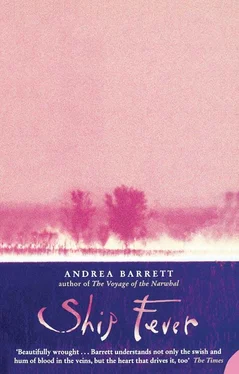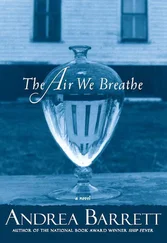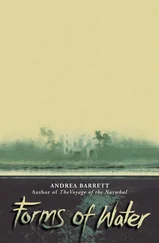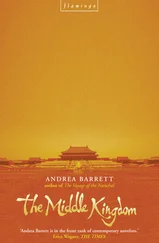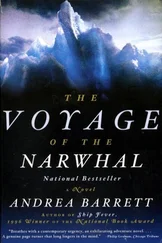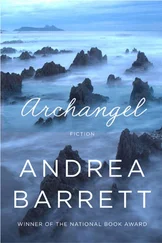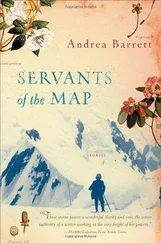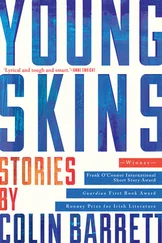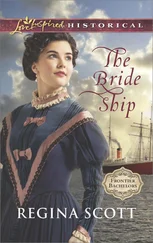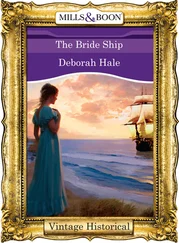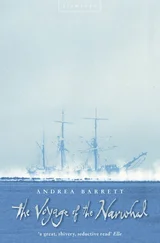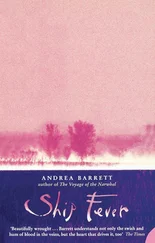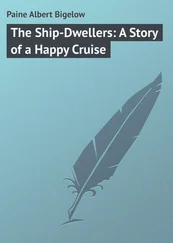“Ready,” Sarah Anne says. Her heart beats as if she has a bird inside her chest.
“ Now, ” Catherine says.
Everything happens so fast — a flurry of hands and cloth and netting and wings, loops of string and snagged skirts. Two swallows get away, passing so close to Sarah Anne’s face that she feels the tips of their feathers and screams. But a minute later she sees that they’ve been at least partly successful. In the tub, huddled on the board and pushing frantically at the netting, are two birds. Steely blue, buff-bellied, gasping.
“They’re so unhappy,” Sarah Anne says.
“We must leave them,” Catherine says. “If the famous Doctor Linnaeus is right, in our absence they’ll let themselves down into the water and sleep, either on the surface of the river sand or perhaps just slightly beneath it.”
“And if he’s wrong?”
“Then we’ll tell him so.”
The day passes with excruciating slowness, chopped into bits by Juliet’s rigid timetable: family breakfast, dinner, tea, and supper, long and complicated meals. After breakfast Juliet requires the company of Sarah Anne and Catherine in her dressing room, although Sarah Anne knows that Juliet is fond of neither of them. After tea, Christopher expects the women to join him in the library, where they talk and read the newspapers. Sarah Anne and Catherine have not a minute to themselves, and by supper they’re wild-eyed with exhaustion and anticipation.
The next morning, when they slip out again before breakfast, the board over the tub is bare. Sarah Anne unfastens the netting, removes the dripping board, and peers down into the water. The swallows lie on the sand. But not wrapped serene in a cocoon of wings; rather twisted and sprawled. She knows before she reaches for them that they’re dead. Catherine knows too; she stands ready with a penknife. They’ve agreed that, should the swallows die, they’ll dissect one and examine its structures of circulation and respiration. They’ll look for any organ that might make hibernation under water possible; any organ that might prove them wrong.
They work quickly. There isn’t much blood. Catherine, peering into the open chest cavity, says, “It is very difficult to work without proper tools. Still. There is nothing out of the ordinary here. And there is no doubt that Linnaeus is wrong.”
A four-chambered heart inside its pericardium; small, rosy, lobeless lungs. From the lungs, the mysterious air sacs extend into the abdomen, up into the neck, into the bones. There is no sign of a gill-like organ that might allow the bird to breathe under water. Sarah Anne is quite faint, and yet also fiercely thrilled. They’ve done an experiment; they’ve disproved an hypothesis. She says, “We will write to Linnaeus today.”
“I think not,” Catherine says. “I think it’s time we made other plans.”
What plans were those? Of course Christopher noticed that Mrs. Pearce returned to London in early October; he noticed, too, when Sarah Anne left Burdem Place a few weeks later for what she described as an ‘extended visit’ with her friend. All through November Christopher didn’t hear from his sister, but he had worries of his own and thought nothing of her absence. In December, when he was in London on business, he stopped by Mrs. Pearce’s house to find that her servants had been dismissed and her house was empty. Only then did he realize that his sister and her friend were simply gone.
Everyone had theories about their disappearance: Collinson, Ellis, all the men. Foul play was suspected by some, although there was no evidence. But this is what Christopher thought, during the bleak nights of 1765 while Juliet was writhing with childbed fever, and during the even bleaker nights after her death, while his tiny son was wasting away. He imagined Sarah Anne and Mrs. Pearce — and who was Mrs. Pearce anyway? Where had she come from? Who were her people? — up before dawn in that London house, moving swiftly through the shadows as they gather bonnets, bags, gloves. Only one bag apiece, as they mean to travel light: and then they glide down the early morning streets toward the Thames. Toward the Tower wharf, perhaps; but it could be any wharf, any set of stairs, the river hums with activity. Ships are packed along the waterfront, their sails furled and their banners drooping; here a wherry, there a cutter, darts between them and the stairs. Some of the ships are headed for India and some for Madagascar. Some are going to the West Indies and others to Africa. Still others are headed for ports in the North American provinces: Quebec or Boston, New York or Baltimore.
Christopher believes his sister and her companion have boarded one of the ships headed for America. Once he overheard the two of them waxing rhapsodic over Mark Catesby’s Natural History, talking in hushed tones about this land where squirrels flew and frogs whistled and birds the size of fingernails swarmed through forests so thick the sunlight failed to reach the ground. Catesby, Sarah Anne said, believed birds migrated sensibly: they flew to places where there was food.
Pacing his lonely house, miserable and broken, Christopher imagines the ship slowly moving down the Thames toward Dover and the Channel. There’s a headwind and the tides are against them; the journey to Dover takes three days. But then the wind shifts and luck arrives. They fly past Portsmouth and Plymouth and Land’s End, into the open ocean. The canvas billows out from the spars; the women lean against the railings, laughing. That was the vision he had in mind when, a few years later, he sold both Burdem Place and the brewery and sailed for Delaware.
He never found Sarah Anne. But the crossing and the new world improved his spirits; he married a sturdy young Quaker woman and started a second family. Among the things he brought to his new life were two portraits — small, sepia-toned ovals, obviously copies of larger paintings — which surfaced much later near Baltimore. And if the faded notes found tucked in the back of Christopher’s portrait are true, he made some modest contributions to the natural history of the mid-Atlantic states.
Sarah Anne’s portrait bears only the date of her birth. Her letters were discovered in the mid-1850s, in the attic of a distant relation of the husband of Linnaeus’s youngest daughter, Sophia. The British historian who found them was editing a collection of Linnaeus’s correspondence, and from the handwriting and a few other hints, he deduced that “S.A. Billopp” was a woman, creating a minor furor among his colleagues. Later he was able to confirm his theory when he found Sarah Anne’s journal at the Linnaean Society, jumbled among the collections left behind at Burdem Place. The last entry in Sarah Anne’s journal was this, most likely copied there soon after she and Mrs. Pearce made their experiments with the swallows:
Collinson loaned me one of his books —An Essay towards the probable Solution of this Question, Whence come the Stork, etc; or Where those birds do probably make their Recess, etc. (London, 1703) — with this passage marked for my amusement:
“ Our migratory birds retire to the moon. They are about two months in retiring thither, and after they are arrived above the lower regions of the air into the thin aether, they will have no occasion for food, as it will not be apt to prey upon the spirits as our lower air. Even on our earth, bears will live upon their fat all the winter; and hence these birds, being very succulent and sanguine, may have their provisions laid up in their bodies for the voyage; or perhaps they are thrown into a state of somnolency by the motion arising from the mutual attraction of the earth and moon. ”
He meant to be kind, I know he did. I cannot bear this situation any longer. Catherine and I are meeting in town to discuss the experiment she’s proposed.
Читать дальше
Конец ознакомительного отрывка
Купить книгу
